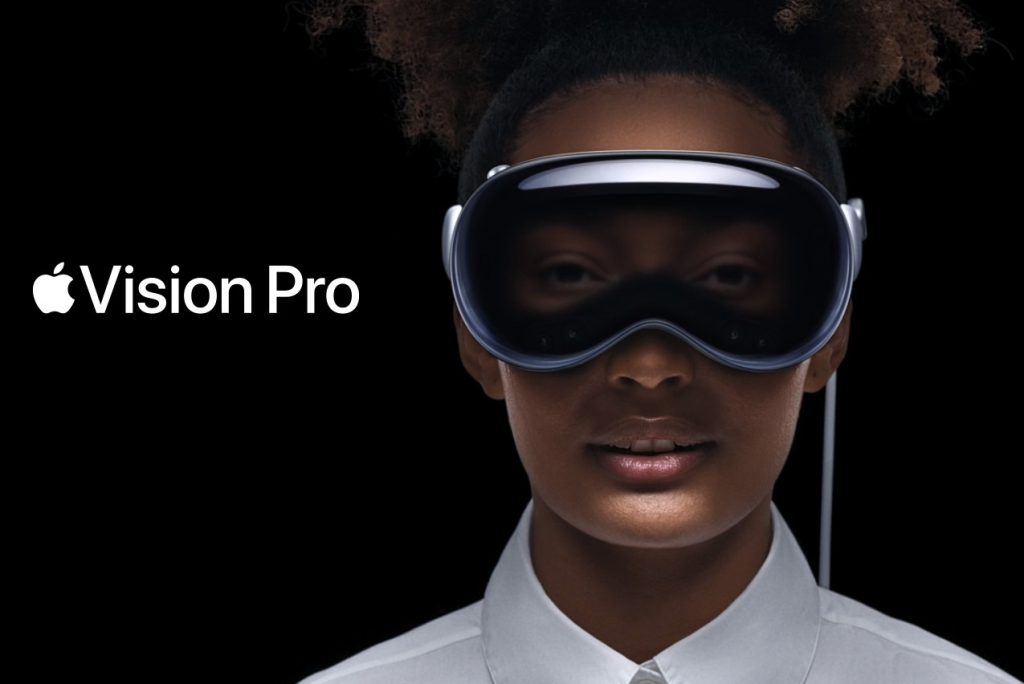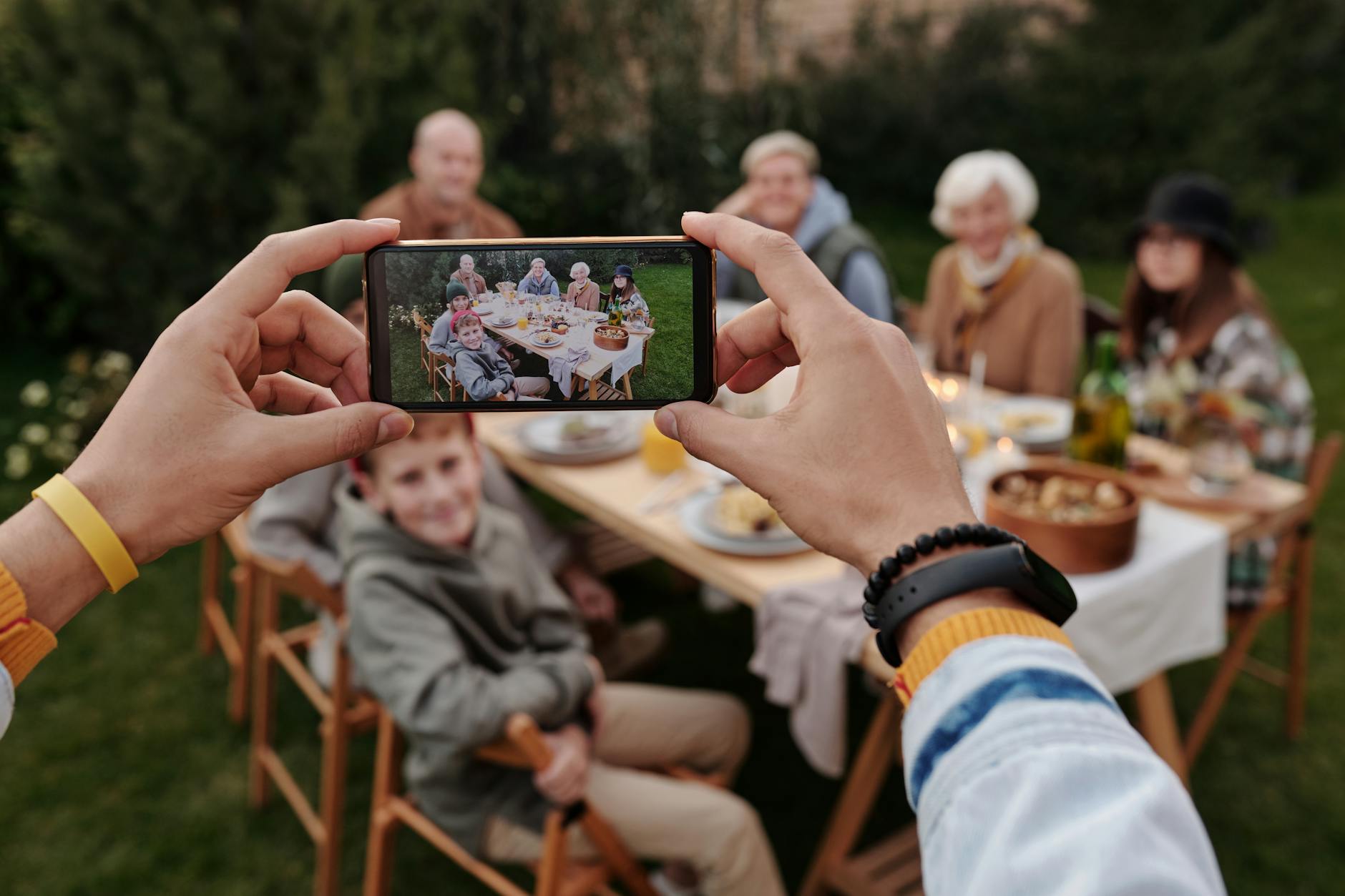Apple Unveils Vision Pro: Anand Mahindra Raises Thought-Provoking Concerns about the Future of Mixed-Reality Headsets

“Apple’s Vision Pro Sparks Excitement and Concern: Is it the End of TV Screens and Shared Entertainment Experiences?”
Apple unveils Vision Pro, a cutting-edge mixed-reality headset, in a thrilling revelation at the Worldwide Developers Conference (WWDC) 2023, taking the tech world by storm as it seamlessly merges the boundaries between the virtual and real worlds. The much-anticipated unveiling was accompanied by a captivating video shared on Twitter by Apple CEO Tim Cook, showcasing the mind-boggling capabilities of Vision Pro. Cook’s tweet exclaimed, “Welcome to the era of spatial computing with Apple Vision Pro. You’ve never seen anything like this before!” The post quickly went viral, amassing a staggering 22.2 million views and drawing attention from various individuals, including renowned industrialist Anand Mahindra.
Notably intrigued by the technology, Anand Mahindra voiced his thought-provoking concerns in a tweet that questioned the future of large screen TV displays. He pondered, “Does this signal the death of large screen TV displays? Wonder what the boardrooms at Samsung & Sony are plotting in response… And what about community-watching of movies & sports matches? Will that now be replaced by a roomful of zombies wearing headsets?” Mahindra’s tweet gained substantial traction, garnering over 280,000 views and eliciting more than 2,500 likes along with numerous comments. Many users echoed Mahindra’s sentiments, expressing their own reservations and speculations about Apple’s latest innovation.
Does this signal the death of large screen TV displays? Wonder what the boardrooms at Samsung & Sony plotting in response… And what about community-watching of movies & sports matches? Will that now be replaced by a roomful of zombies wearing headsets? https://t.co/qQa8vwuy6Q
— anand mahindra (@anandmahindra) June 6, 2023
Here’s a glimpse of the diverse reactions to Apple’s groundbreaking mixed-reality headset:
- One Twitter user succinctly captured the sentiment, exclaiming, “Welcome to the world of zombies…”
- Another individual chimed in, highlighting concerns of digital overload, stating, “And we talk about digital detox. This is a digital overload of sorts.”
- A third person shared skepticism, stating, “This concept might tank.”
- Picturing a potential future, a fourth user mused, “I see the death of big screen movie halls. Why would anyone want to go watch a movie in a movie hall when they can watch at home? Maybe movie halls could offer Vision Pro for a better experience. Imagine a silent movie hall with 200 odd people watching a movie in Vision Pro.”
- Reflecting on the physical toll, a fifth commenter added, “We’ve yet to see the fatigue of wearing this for a prolonged time. For now, it’s good to enjoy the bubble wrap.”
- Debating the communal aspect, a sixth user opined, “No sir. I guess this product is more for an individual. It’s like if you want to watch a movie secluded in your own space… but for a family/friends gathering, one will need a bigger TV display.”
While Apple’s Vision Pro is generating buzz and excitement, the futuristic headset is also raising questions about the future of traditional TV screens and shared entertainment experiences. The Vision Pro is slated to hit the United States market next year, with an anticipated price tag of approximately ₹2.88 lakh. Engineered to provide an immersive and interactive experience, this innovative device follows the pattern of other virtual reality headsets, requiring users to wear it for full engagement. Equipped with multiple control options, including hand gestures, eye tracking, and voice commands, Vision Pro offers a wide range of possibilities for navigating the virtual world. Notably, it operates independently from iPhone, iPad, or Mac connectivity, hosting all apps and services on visionOS, Apple’s dedicated operating system. Powered by M2 and R1 chips, the headset seamlessly syncs with other Apple devices, ensuring a seamless cross-platform experience.
As the tech landscape continues to evolve, the unveiling of Apple’s Vision Pro has triggered a fascinating debate about the future of entertainment and shared viewing experiences. While some anticipate a revolution in personal immersion, others ponder the potential consequences for communal entertainment spaces. Only time will reveal the true impact of this groundbreaking innovation on the way we consume media and connect with others.



